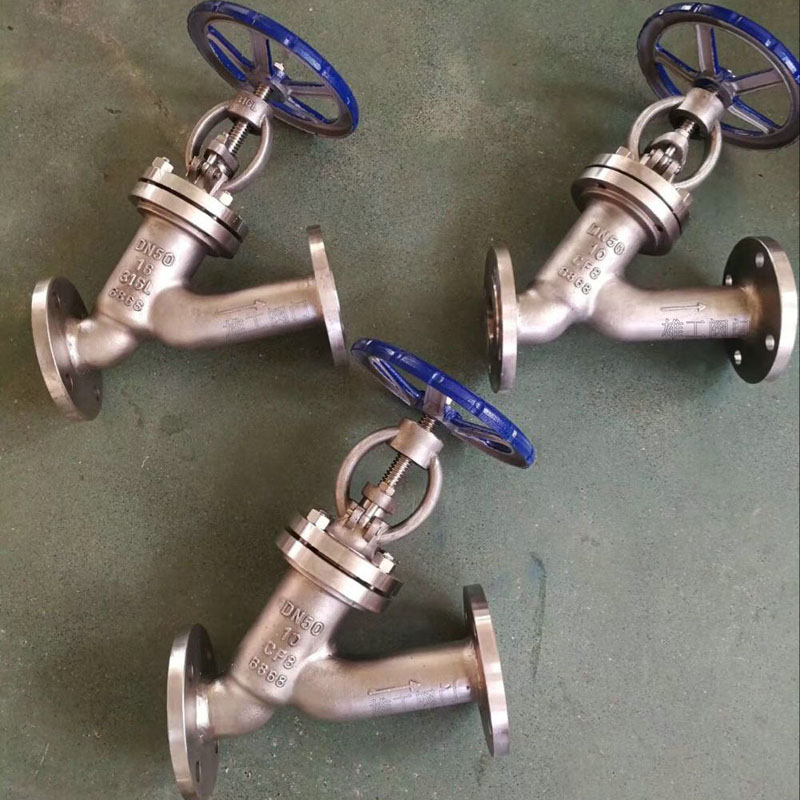Maintaining Precision: A Guide to Servicing Y-Pattern Globe Valves
2024-01-11
Introduction:
Y-pattern globe valves, renowned for their versatility and precision in fluid control, play crucial roles in various industries. To ensure their continued optimal performance, regular maintenance and servicing are imperative. In this blog post, we will explore the typical procedures involved in maintaining and servicing Y-pattern globe valves, shedding light on the importance of proactive care for these critical components.
Understanding the Anatomy of Y-Pattern Globe Valves:
Before delving into maintenance procedures, it's essential to understand the basic components of Y-pattern globe valves:
1. Body and Bonnet:
The outer casing and cover of the valve, housing the internal components.
2. Plug or Disc:
The component responsible for controlling the flow of fluids, featuring a tapered design.
3. Stem:
The mechanism connected to the plug, facilitating its movement for fluid control.
4. Seating Surface:
The area where the tapered plug makes contact, forming a seal when the valve is closed.
Maintenance Procedures:
1. Regular Inspection:
Conduct routine visual inspections to identify any signs of wear, corrosion, or damage. Pay special attention to the seating surface and plug for any irregularities.
2. Lubrication:
Proper lubrication of moving parts is crucial to minimize friction and ensure smooth operation. Apply a suitable lubricant to the stem and any other moving components.
3. Tightening and Adjustments:
Check for any loose bolts or nuts and tighten them as needed. Ensure that the valve is properly aligned, and make any adjustments necessary for optimal performance.
4. Cleaning:
Remove any debris, scale, or foreign particles that may have accumulated within the valve. This is particularly important for valves used in industries where the fluids may contain impurities.
5. Seal Inspection:
Examine the sealing surfaces of both the plug and the seating area for any signs of wear or damage. A well-maintained seal is crucial for preventing leakage.
6. Pressure Testing:
Periodically perform pressure tests to ensure the valve can withstand the intended operating pressures. This helps identify potential weaknesses in the valve's structure.
Servicing Frequency:
The frequency of maintenance and servicing depends on factors such as the severity of operating conditions, the type of fluid being controlled, and the valve's usage. However, a general rule of thumb is to conduct regular inspections at least once a year, with more frequent assessments for valves operating in harsh environments.
Conclusion:
The reliability and performance of Y-pattern globe valves are closely tied to proactive maintenance and servicing. By following a structured maintenance regimen that includes regular inspections, lubrication, cleaning, and prompt replacement of worn parts, industries can ensure the longevity and efficiency of these critical components. As technology advances and industries evolve, investing in the care of Y-pattern globe valves becomes not just a maintenance task but a strategic approach to safeguarding the integrity of fluid control systems.



